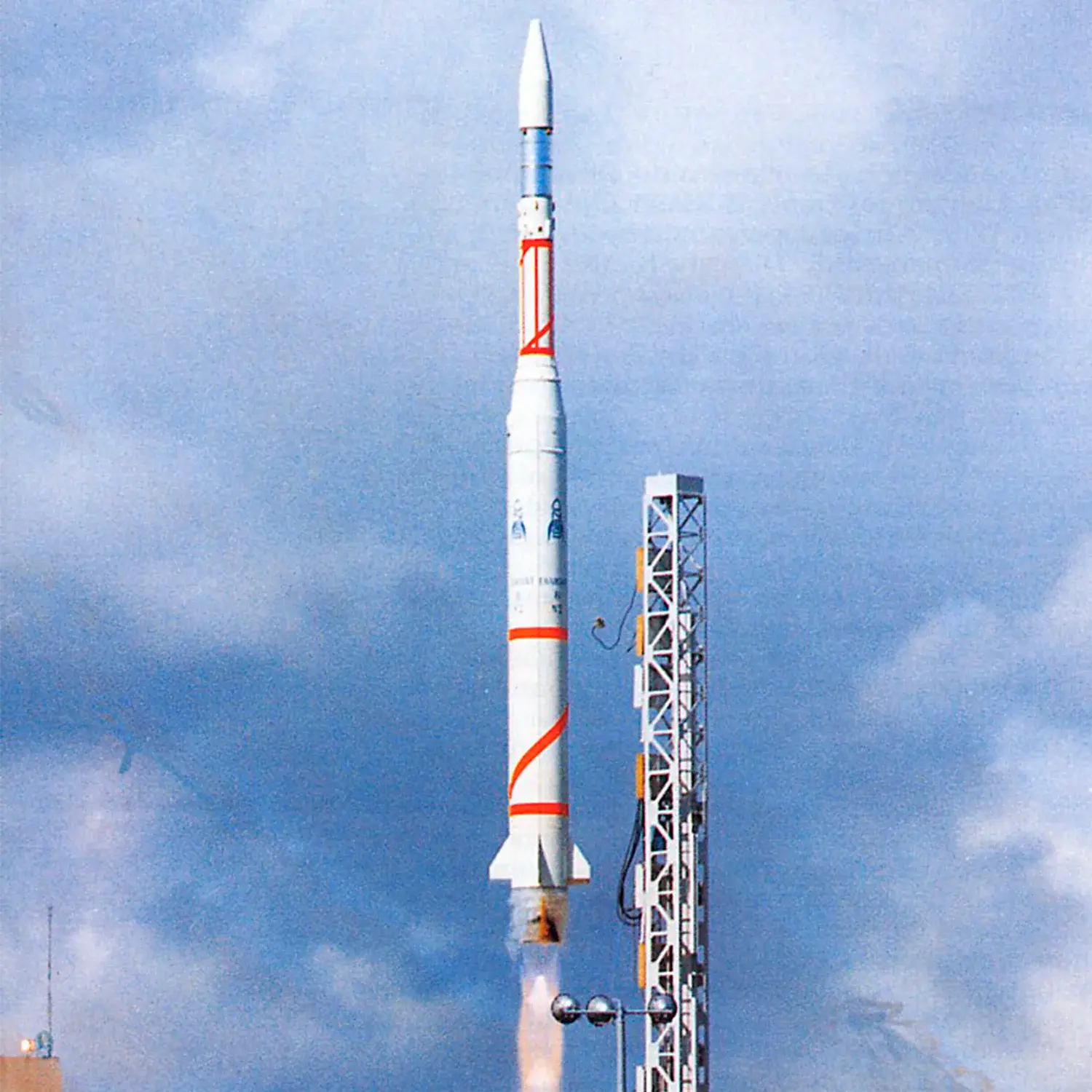/
Péole
Launch Success
Liftoff Time (GMT)
13:04:44
Saturday December 12, 1970
Mission Details
Péole
Péole (Préliminaire Éole) was the first French experimental data relay satellite for meteorological data and the first launched by the Centre National d'Études Spatiales (CNES). The satellite was placed into a near-circular, near-equatorial orbit. Launched before the initiation of France's operational meteorological satellite program, Péole was designed to test the feasibility of acquiring data, including wind velocity, by reception of telemetry and tracking data from independent earth-circling, constant-altitude, and meteorological balloons. Qualifying tests were made of a gravity-gradient stabilization and attitude system, onboard engineering, and meteorological experimental equipment that was later used on the Eole meteorological satellite. In addition, studies were made on the effects of the space radiation environment on solar cells composed of thin layers of cadmium sulfide and cadmium telluride. The satellite was in the form of a regular octahedron 0,70 m across opposite corners and 0,55 m long with eight solar panels containing 5920 solar cells, which were deployed 45 deg from the spacecraft's upper octagonal structure after orbital insertion. A 136.350 MHz (1-W) command receiver handled the command and programming telemetry. The satellite-balloon and satellite-earth interrogation systems were tested with a 400.190 MHz (4-W) transmitter that operated through an earth-oriented canted turnstile antenna mounted on the satellite base. Péole was a success, and nearly all of its systems were incorporated into the design of Éole.
Low Earth Orbit
1 Payload
70 kilograms
Rocket


Manufacturer
AérospatialeRocket
Height: 23.54m
Payload to Orbit
LEO: 115 kg
GTO: 0 kg
Liftoff Thrust
348 Kilonewtons
Fairing
Diameter: 0.85m
Height: 2.8m
Stages
3
Launch Site
Stats
Diamant
6th
Mission
2nd
Mission of 1970
1970
118th
Orbital launch attempt